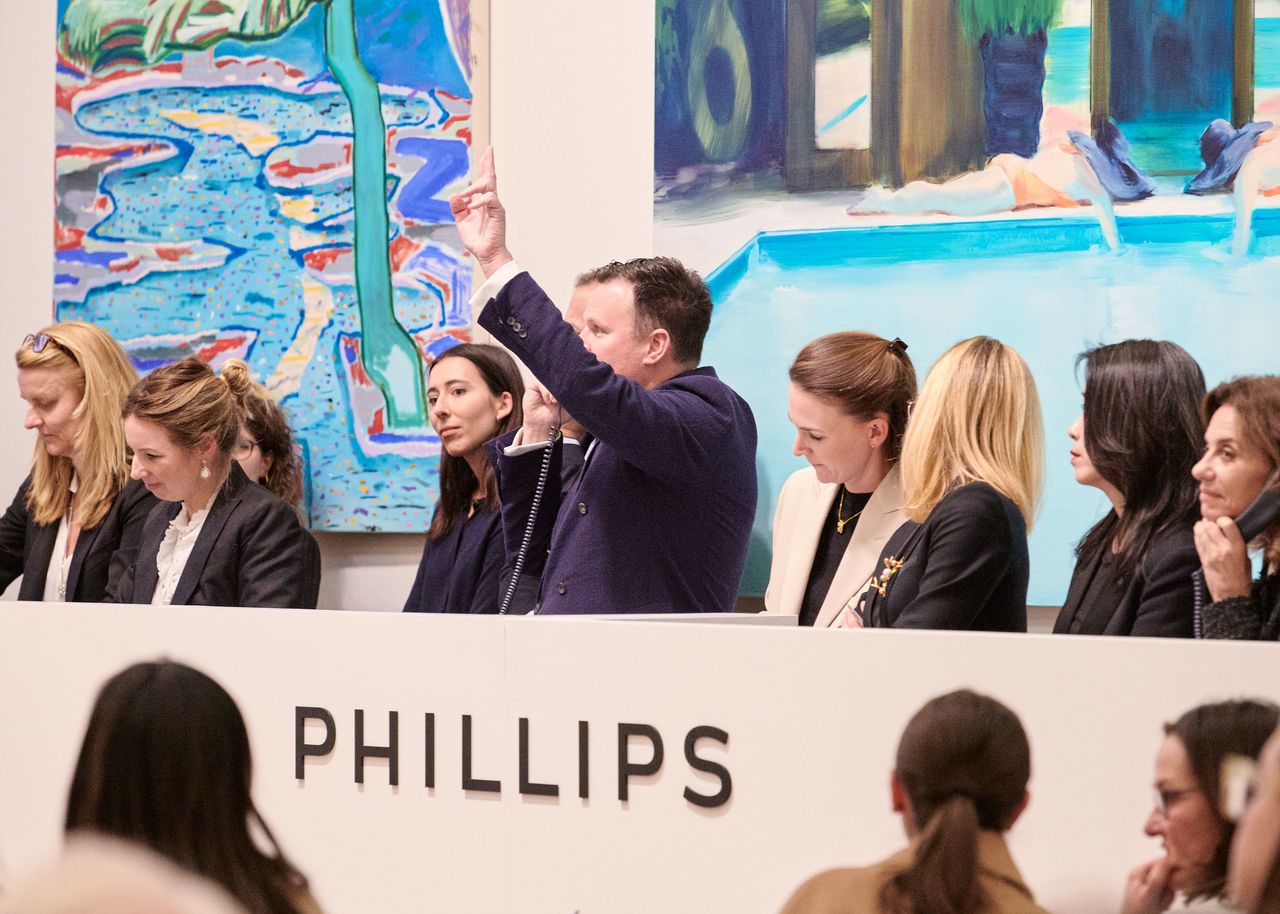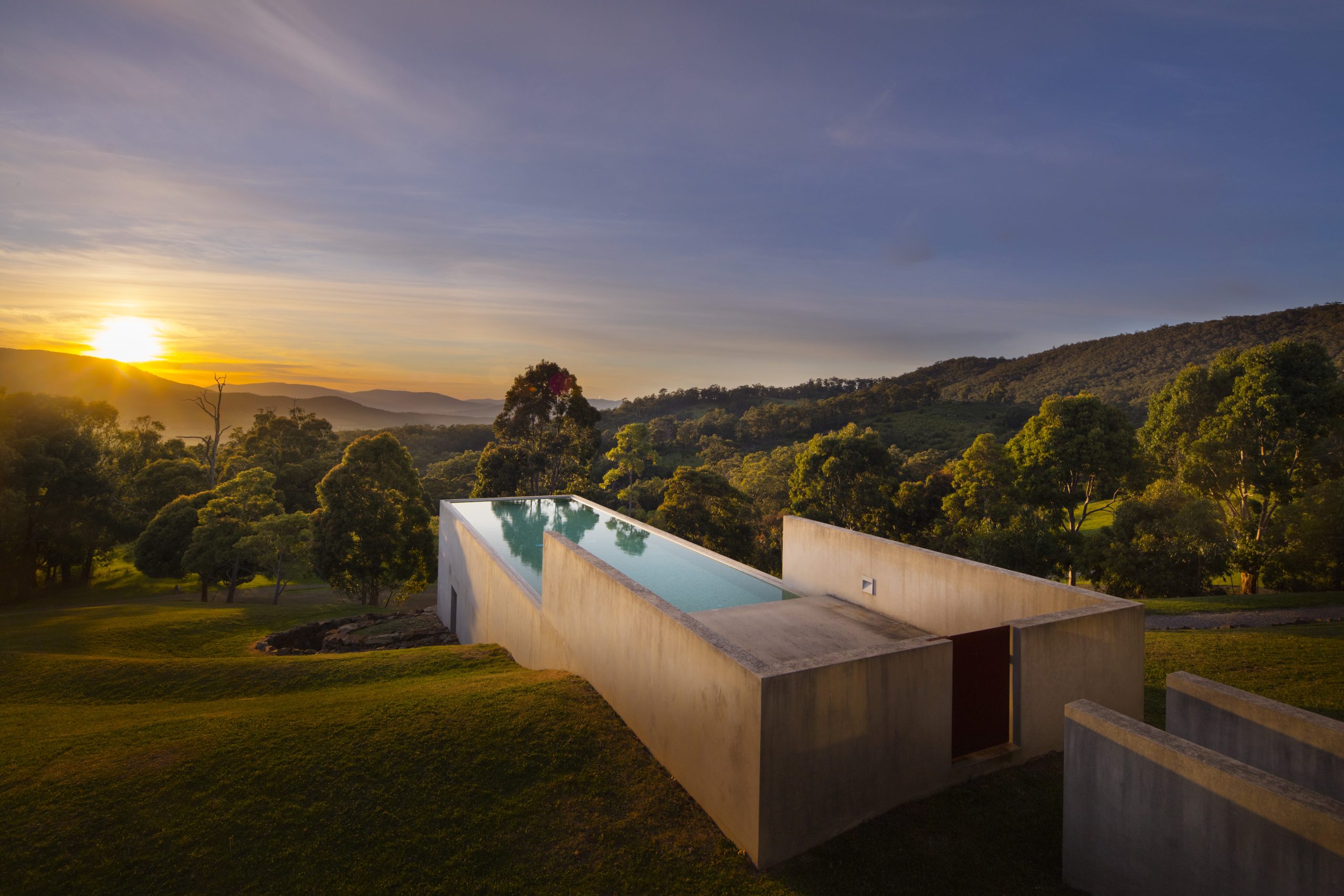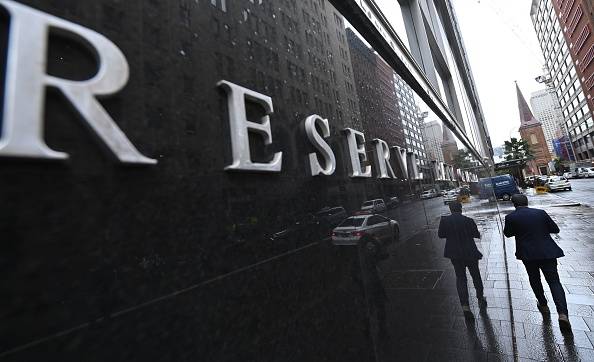Art Market Appears on Strong, if Cautious, Footing After London Sales
Major auctions in London this week are proving the art market is in solid health at the start of 2023, yet high interest rates and inflation in addition to the war in Ukraine continue to keep enthusiasm in check.
Overall, more than 90% of the lots were sold at combined evening sales of modern, contemporary, and ultra-contemporary work at Christie’s and Sotheby’s, while Phillips evening sale was 100% sold. Those are unquestionably good results.
But there are signs throughout the market that consignors and collectors are holding back a bit, says Drew Watson, head of art services at Bank of America Private Bank.
“The sales were fairly solid, but there was kind of a lack of major headliners,” Watson says. “We’re seeing some increased conservatism among the collector base. There’s more of an emphasis on people looking at established categories like modern masters, blue-chip post-war, [and] Surrealism.”
A dedicated evening sale at Christie’s focused on Surrealism did well, for instance, realizing nearly £39 million (nearly US$47 million) with 30 of 32 lots sold. Sotheby’s will hold a dedicated Surrealist sale on March 15 in Paris.
But works by young contemporary, often female, artists continued to attract interest all week. At Phillips, “it was the cutting-edge woman artists who stole the show this evening,” Olivia Thornton, head of 20th-century and contemporary art, Europe, said at a news conference following an evening sale on Thursday.
Most notable among these artists at Phillips was Caroline Walker, whose large-scale work Threshold, painted in 2014, generated consistent back-and-forth volleying for more than 11 minutes. It eventually sold to a bidder in the sale room for a hammer price of £730,000, £927,100 with fees—a record for the artist.
Other records were achieved by Sarah Ball, whose Elliot, sold for £120,600, with fees, above an £80,000 high estimate, and by Angela Heisch, whose Egg White Blue sold for £76,200, above a £30,000 high estimate.
The results followed strong bidding for female artists at Christie’s earlier in the week, which included the previously minted record for Walker of £693,000 for The Puppeteer. Cristina Banban’s La Fatiga Que Me das (You Exhaust me) also achieved a record, selling for £163,800, above a high estimate of £70,000, and Michaela Yearwood-Dan’s Love me nots achieved £730,800, far above a £60,000 high estimate.
But also at Phillips, a dynamic canvas by Gerhard Richter offered by French collector Marcel Brient for between £10 million and £15 million, was withdrawn at the last minute. Although the work “generated interest from collectors,” it was not at a level that met Brient’s expectations, and so he “was not prepared to let it go,” Cheyenne Westphal, Phillips chairman, said at a press briefing after the sale.
The absence of the Richter resulted in a dramatically different overall auction total of £20.3 million for Phillips. The revised estimate for the 23 remaining works was between £15.8 million and £22.2 million.
Another work offered by Brient, an untitled late work by Willem de Kooning from 1984, sold for a hammer price of £5 million, £6 million with fees, below the presale low estimate of £7 million.
While the froth may be out of the market at the moment, there is some cautious optimism of the future, with a handful of single-owner collections anticipated for May. Already announced at Sotheby’s is a group of works to be offered by Jan Shrem and Maria Manetti Shrem of San Francisco, including a major work by Pablo Piccaso, in addition to the Erving and Joyce Wolf Family Collection of decorative and fine arts. Christie’s, meanwhile, will be selling 16 modern and post-war paintings from the collection of S.I. Newhouse that could realise more than US$144 million.
“We’re only going to see more as we get closer to those sales,” Watson says. It’s a sign, he adds, of “cautious optimism for the higher end of the market in New York.”
Buyers, however, remain more conservative, as was evident with some of the major works offered this week, such as Lucian Freud’s portrait, Ib Reading, 1997, which sold for £17 million, within expectations, at Sotheby’s. They are willing to buy, but at the right price.
“Buyers are pretty savvy, especially at the high end, and will kind of expect a bit of a discount” considering current macroeconomic and geopolitical conditions, Watson says. As a result, auction houses will need to be disciplined in how they price works. “It’s not really a market where you want to push estimates,” he says.
One notable shift this week was renewed active bidding from buyers in Asia, Watson says.
At Christie’s, a bidding war between collectors in Japan and Singapore for a painting by Shara Hughes, Rough Terrain, ended in the hands of the collector from Singapore who placed a bid of £500,000, well above the £300,000 high estimate. Overall, 13% of bidders were from Asia during Christie’s evening sale of 20th- and 21st-century art and a separate sale of Surrealist works.
Sotheby’s, meanwhile, credited “deep bidding” from Asia for driving results at its evening sales, with several of these collectors noted as the “underbidder.” Over half the lots in Sotheby’s The Now sale of ultra-contemporary works received bids from Asia, while Asian buyers secured Barbara Kruger’s Untitled (Out of your mind… In your face), 1989, which realised £889,000, above a high estimate, and Andy Warhol’s portrait of Debbie Harry, which realized £6.9 million, also above a high estimate, after spirited bidding in both instances.
An Asian buyer also bought Richter’s Abstraktes Bild, 1986, at Sotheby’s, in another active bidding round. The final price, with fees, was £24.2 million.
At Phillips, the last two lots attracted several online bids from China, although the paintings—Ball’s Elliot, and Danica Lundy’s Bonefire—went to a collector bidding via a specialist on the phone and to a Canadian online bidder, respectively.
Whether the results in London portend the future for the art market this year remains to be seen. It may be best at this point to consider a post-sale press conference comment from Phillips CEO Stephen Brooks, who said, “It’s difficult to draw conclusions from one week of sales.”
 Copyright 2020, Dow Jones & Company, Inc. All Rights Reserved Worldwide. LEARN MORE
Copyright 2020, Dow Jones & Company, Inc. All Rights Reserved Worldwide. LEARN MORE
This stylish family home combines a classic palette and finishes with a flexible floorplan
Just 55 minutes from Sydney, make this your creative getaway located in the majestic Hawkesbury region.
Impact investing is becoming more mainstream as larger, institutional asset owners drive more money into the sector, according to the nonprofit Global Impact Investing Network in New York.
In the GIIN’s State of the Market 2024 report, published late last month, researchers found that assets allocated to impact-investing strategies by repeat survey responders grew by a compound annual growth rate (CAGR) of 14% over the last five years.
These 71 responders to both the 2019 and 2024 surveys saw their total impact assets under management grow to US$249 billion this year from US$129 billion five years ago.
Medium- and large-size investors were largely responsible for the strong impact returns: Medium-size investors posted a median CAGR of 11% a year over the five-year period, and large-size investors posted a median CAGR of 14% a year.
Interestingly, the CAGR of assets held by small investors dropped by a median of 14% a year.
“When we drill down behind the compound annual growth of the assets that are being allocated to impact investing, it’s largely those larger investors that are actually driving it,” says Dean Hand, the GIIN’s chief research officer.
Overall, the GIIN surveyed 305 investors with a combined US$490 billion under management from 39 countries. Nearly three-quarters of the responders were investment managers, while 10% were foundations, and 3% were family offices. Development finance institutions, institutional asset owners, and companies represented most of the rest.
The majority of impact strategies are executed through private-equity, but public debt and equity have been the fastest-growing asset classes over the past five years, the report said. Public debt is growing at a CAGR of 32%, and public equity is growing at a CAGR of 19%. That compares to a CAGR of 17% for private equity and 7% for private debt.
According to the GIIN, the rise in public impact assets is being driven by larger investors, likely institutions.
Private equity has traditionally served as an ideal way to execute impact strategies, as it allows investors to select vehicles specifically designed to create a positive social or environmental impact by, for example, providing loans to smallholder farmers in Africa or by supporting fledging renewable energy technologies.
Future Returns: Preqin expects managers to rely on family offices, private banks, and individual investors for growth in the next six years
But today, institutional investors are looking across their portfolios—encompassing both private and public assets—to achieve their impact goals.
“Institutional asset owners are saying, ‘In the interests of our ultimate beneficiaries, we probably need to start driving these strategies across our assets,’” Hand says. Instead of carving out a dedicated impact strategy, these investors are taking “a holistic portfolio approach.”
An institutional manager may want to address issues such as climate change, healthcare costs, and local economic growth so it can support a better quality of life for its beneficiaries.
To achieve these goals, the manager could invest across a range of private debt, private equity, and real estate.
But the public markets offer opportunities, too. Using public debt, a manager could, for example, invest in green bonds, regional bank bonds, or healthcare social bonds. In public equity, it could invest in green-power storage technologies, minority-focused real-estate trusts, and in pharmaceutical and medical-care company stocks with the aim of influencing them to lower the costs of care, according to an example the GIIN lays out in a separate report on institutional strategies.
Influencing companies to act in the best interests of society and the environment is increasingly being done through such shareholder advocacy, either directly through ownership in individual stocks or through fund vehicles.
“They’re trying to move their portfolio companies to actually solving some of the challenges that exist,” Hand says.
Although the rate of growth in public strategies for impact is brisk, among survey respondents investments in public debt totaled only 12% of assets and just 7% in public equity. Private equity, however, grabs 43% of these investors’ assets.
Within private equity, Hand also discerns more evidence of maturity in the impact sector. That’s because more impact-oriented asset owners invest in mature and growth-stage companies, which are favored by larger asset owners that have more substantial assets to put to work.
The GIIN State of the Market report also found that impact asset owners are largely happy with both the financial performance and impact results of their holdings.
About three-quarters of those surveyed were seeking risk-adjusted, market-rate returns, although foundations were an exception as 68% sought below-market returns, the report said. Overall, 86% reported their investments were performing in line or above their expectations—even when their targets were not met—and 90% said the same for their impact returns.
Private-equity posted the strongest results, returning 17% on average, although that was less than the 19% targeted return. By contrast, public equity returned 11%, above a 10% target.
The fact some asset classes over performed and others underperformed, shows that “normal economic forces are at play in the market,” Hand says.
Although investors are satisfied with their impact performance, they are still dealing with a fragmented approach for measuring it, the report said. “Despite this, over two-thirds of investors are incorporating impact criteria into their investment governance documents, signalling a significant shift toward formalising impact considerations in decision-making processes,” it said.
Also, more investors are getting third-party verification of their results, which strengthens their accountability in the market.
“The satisfaction with performance is nice to see,” Hand says. “But we do need to see more about what’s happening in terms of investors being able to actually track both the impact performance in real terms as well as the financial performance in real terms.”
This stylish family home combines a classic palette and finishes with a flexible floorplan
Just 55 minutes from Sydney, make this your creative getaway located in the majestic Hawkesbury region.






















